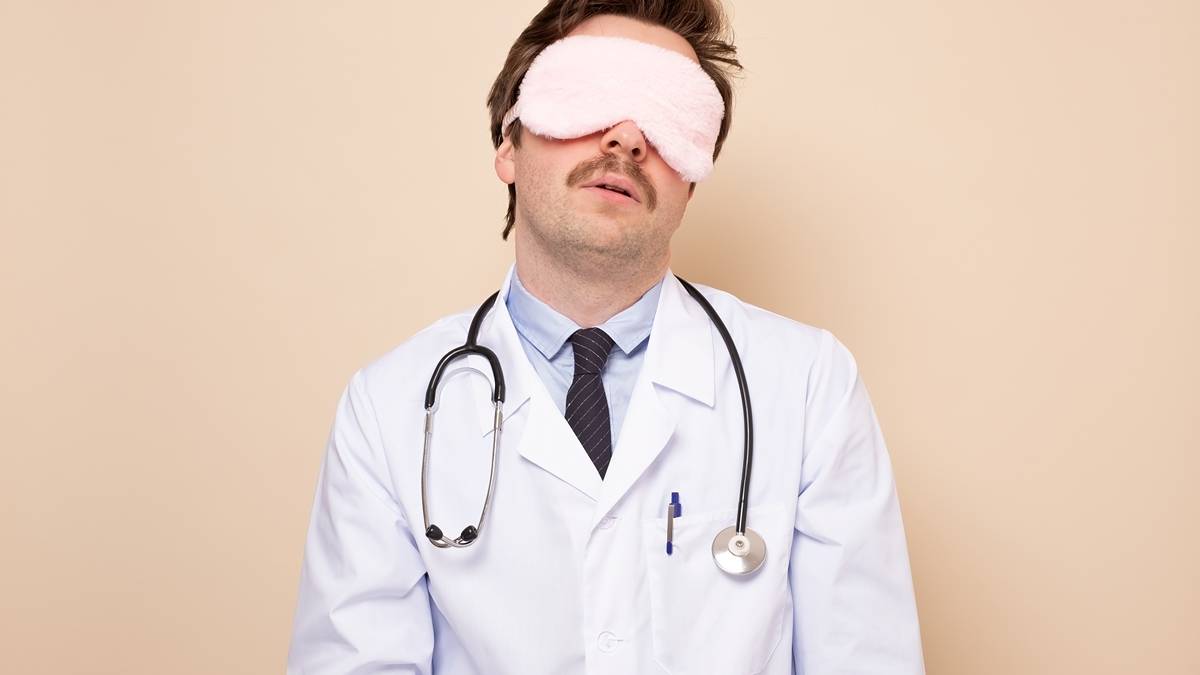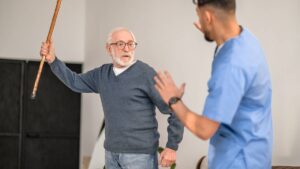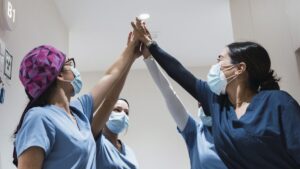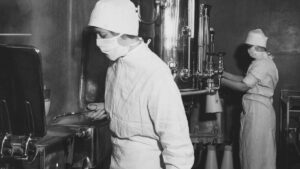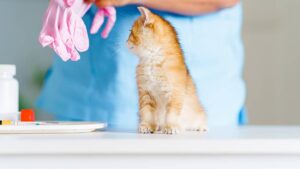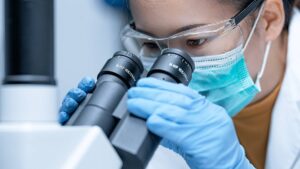Health & Biotech
Arovella Therapeutics scores US patent for iNKT blood cancer treatment
Health Check: Angry investors birch Telix shares after third US regulatory setback
Rhythm teams up with Know Your Lemons to expand geneType breast cancer risk test
Clever Culture expands pharma reach on validating smaller APAS contact plate
Health Check: Sigma’s success prescription is double-digit sales growth, pleasing merger cost savings
Biocurious: Five years post-pandemic, the Covid ‘hero’ stocks forge a new path
Rhythm Biosciences completes final validation of ColoSTAT colon cancer test
EMVision readies UCLA Health as final pivotal trial site for emu stroke detection device
Health Check: Medical probe steriliser Nanosonics flags tariff price rises
Dr Boreham’s Crucible: Homegrown imaging hero Pro Medicus eyes a big slice of the American pie
Health Check: In the wake of Trump’s tariffs, glove maker Ansell posts handy price rises
US in vivo study shows Argent’s ArtemiC effective in viral inflammatory model
Scott Power: ASX health sector falls almost 10pc with CSL absolutely battered
LTR Pharma’s ED treatment SPONTAN proves it can last with 18-month shelf life
Tryptamine secures landmark EEG biomarker deal to advance precision psychiatry
Micro-X proves that shrinking the X-ray could open giant doors
Health Check: ‘Historical milestone’ as FDA approves second Artrya heart device
Featured Health & Biotech Stocks
Health & Biotech
Healthcare stocks are as varied as the solutions they are working to solve. The sector covers biotech stocks developing breakthrough pharmaceutical drugs and vaccines to medtech companies launching the latest and greatest medical devices they hope will change the face of healthcare.
Even the ‘budding’ medical cannabis industry is in the mix as researchers explore new applications and treatments.
If you want to know what’s happening with emerging health stocks on the ASX, Stockhead has you covered, with daily stock news, expert insight and research. You can also recap broader industry trends and recent share price movements across the sector in our regular ‘Check Up’ feature.
Accurate, up-to-date news stories are important, especially in the health sector where progress is often slow and risk often high. That’s why we’re focused on helping small cap investors make sense of the medical jargon.
